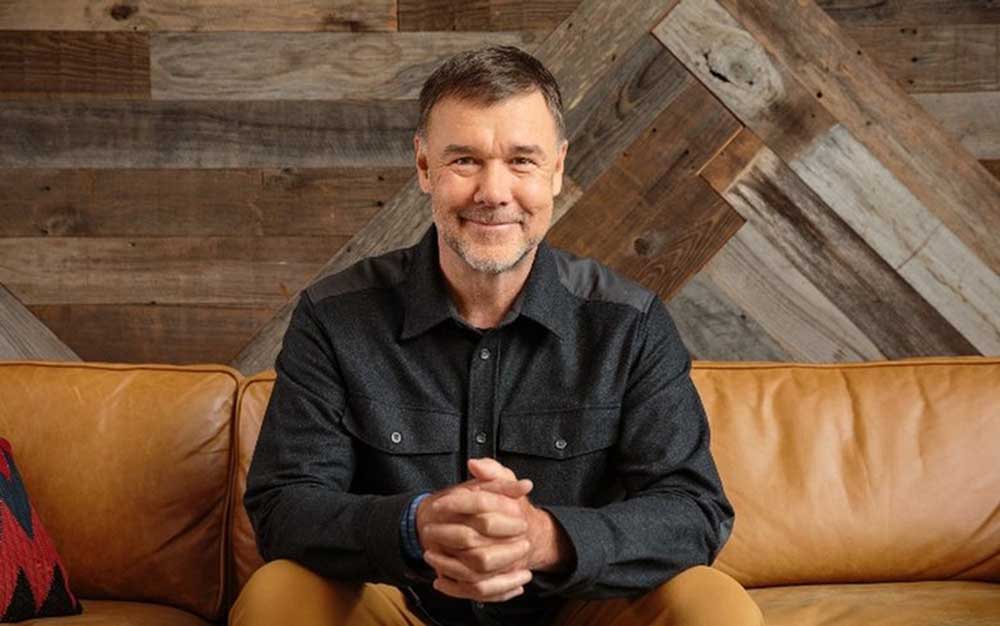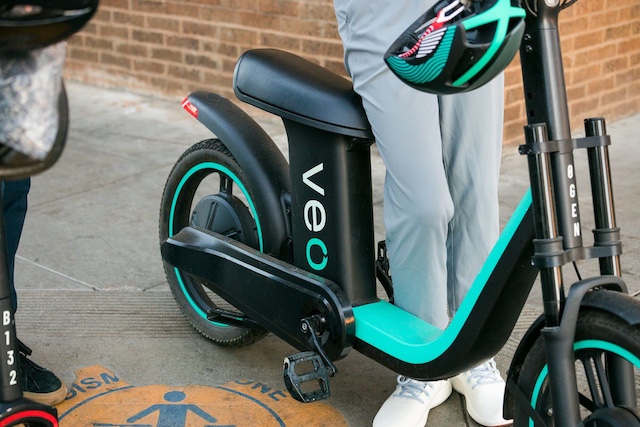REI rolls out rigorous new sustainability standards for suppliers
Published 12:00 am Sunday, April 15, 2018

- Stritzke
SEATTLE — By the fall of 2020, every tent REI sells will be free of harmful flame-retardant chemicals. Sunscreens will not contain coral-reef-bleaching oxybenzone. Wool or down products will come from humanely treated sheep and geese.
Those are some of the wide-ranging new minimum sustainability standards for all of the 1,000-plus brands the outdoor-equipment giant carries, under new company policies that have few analogues among retailers.
Trending
The consumer-owned co-op is also reporting a record $2.62 billion in 2017 sales.
Companies that can’t or won’t meet REI’s requirements in areas such as manufacturing labor safety and fairness, chemical usage, environmental impact and animal welfare won’t be considered for REI’s store shelves.
REI’s standards are a new stake in the ground for an outdoor-equipment industry that has been trying, with mixed results, to match its environmental impact to the values espoused by many of its customers.
REI Chief Executive Jerry Stritzke calls the standards “maybe one of the most transformative things” the 80-year-old co-op has done — one he hopes will have a ripple effect beyond its own industry.
“At some point you get to a true tipping point where it’s expected by consumers,” he said.
Andrew Winston, an independent business strategist in New York who advises multinational companies on sustainability practices, said REI’s standards are uncommonly clear, specific and aggressive.
Trending
While other retailers also offer guidance to their suppliers on sustainability, it’s often used as a tiebreaker — a way to choose between two otherwise similar products. This represents a next level up, he said, with REI telling suppliers, “You won’t be sold in the store if you don’t meet certain criteria.”
REI’s standards include two tiers: a set of minimums that companies must meet to have their products considered by REI, called “brand expectations”; and a set of “preferred attributes,” such as more rigorous certifications, business practices and material choices “that REI has determined to be most relevant to our product offering and most effective in advancing sustainability.”
REI plans to promote products with these attributes, creating an incentive for companies to continue pursuing more ambitious sustainability goals and maintaining a point of differentiation for brands that have already achieved them.
While many people may be familiar with labels such as organic, fair trade and recycled, others, such as bluesign — a certification in textiles manufacturing — are not well known.
These certifications, he added, are brands that will benefit from the exposure and education REI is planning, Winston said. If consumers learn to look for more sustainability certifications, it could strengthen those labels and spread the protections they promise to workers and the environment.
“It’s novel (for REI) to say, ‘These are the labels we believe in sharing with consumers,’?” he said.
It’s difficult to say what these standards will mean for prices at REI. Some things, like raising wages in the supply chain, necessarily increase costs. REI is hoping that encouraging broader adoption of other sustainability practices will lead to lower costs in the long-term.
“We hope that by rolling out these standards we’re actually going to build demand within the supply chain for different materials,” said Greg Gausewitz, REI’s manager of product sustainability.
For smaller brands, the new standards are another hurdle to clear as they work to get their goods into one of the premier outdoor retailers. It’s a significant challenge at a10-person company with no corporate sustainability department.
Gausewitz said REI intends to help suppliers, particularly smaller ones, meet the standards.
One hot-button environmental issue not addressed by the standards is plastic microfibers washing off synthetic fleece and finding their way into the environment.
One of the criteria for the standards is that there be effective, scalable solutions to the various challenges they aim to address — and no such solution exists yet for microplastics, Gausewitz said.








